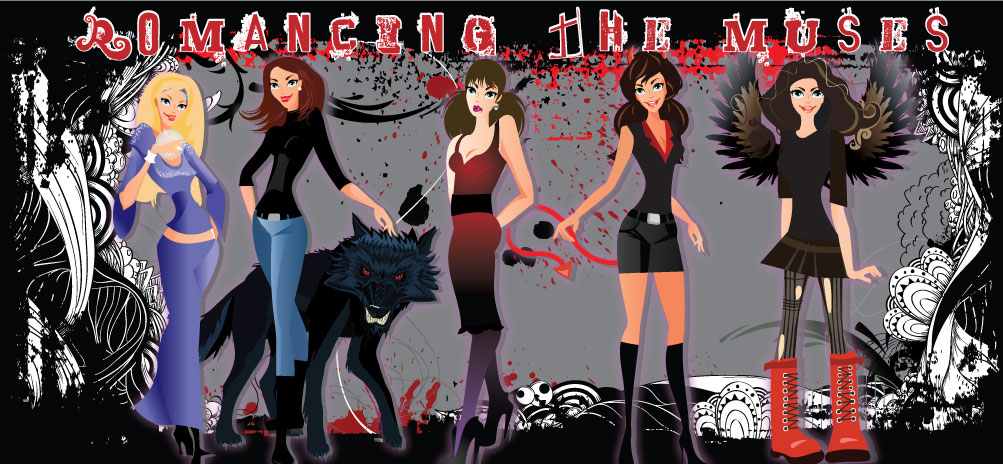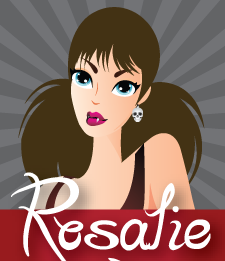While writing is my primary literature-bound occupation, I also edit and review books when I can. This gives me wide exposure to material I might not otherwise encounter, as well as a broader understanding of how various writers find their stride. For all aspiring authors, there are certain dos and don’ts that will go far in separating your book from the mass.
Characters begin life one-dimensionally: a name on a page, a vague face in the author’s head, and a murky idea where the character’s story will lead them. As you begin to outline or place setting and conflict around your character, he/she gradually assumes two-dimensional form. For the sake of pronoun abuse, let’s say our character is Penelope Grindle. She’s a thirty-one year old accountant from Nevada and has just discovered her sister, we’ll say, Lydia, was bitten by a werewolf.
Penelope has a job and a sister. We know where she lives, and after a few paragraphs, we discover she has short, curly brown hair, a few freckles, and is maybe ten pounds overweight according to societal expectations. Her clothes have a way of hiding her assets and she doesn’t date much since her college boyfriend—let’s say, Scott—dumped her for her best friend. Penelope is quiet until provoked—then she’ll tear your head off. She’s intelligent and witty, if not slightly insecure.
There are writers who are satisfied with this level of development. Penelope's story goes from here, a bit chaotic, undoubtedly, but very much according to plan. She says everything she's supposed to say, according to the author, and does everything she's supposed to do. She nods and frowns and smiles and cries exactly on cue. She falls in love with one of her sister's new werewolf friends, and gets her HEA. The conflict is neatly tied up.
Does this make Penelope anything more than two dimensional?
No.
Characters who behave are boring to write and, at times, boring to read. I'm not talking about their actual behavior within the manuscript, rather their inability to rebel against the author's wishes. These characters have no heart and soul whatsoever: if they get in trouble, it's the sort of trouble the author intended. For your characters to be truly three-dimensional - that is, to feel like the sort of characters you know and could picture running into on the way to the supermarket - they have to not kowtow to your every demand. You might want to end a scene with sex, but true three dimensional characters have a MUCH better understanding of their world than you do, sorry to say. They know whether or not they want sex or if they'd rather cuddle on the sofa and watch television. They veer off script frequently, and give you the finger when you try to lasso them under control.
Don't be fooled, two-dimensional characters please a good number of readers, and there's nothing wrong with that. I have enjoyed numerous books with characters whose names I couldn't remember the next day, and I've recommended them to others. However, the books to which I return are always the ones that have characters I'm sure caused the author a lot of trouble during the writing process. Those are the ones that stick out and warrant a second, third, fourth, and twelfth read-through. Characters who feel like people - that's the dividing line, and the one toward which I strive every time I start a scene. Whenever my characters take over, I know I'm onto something good.














